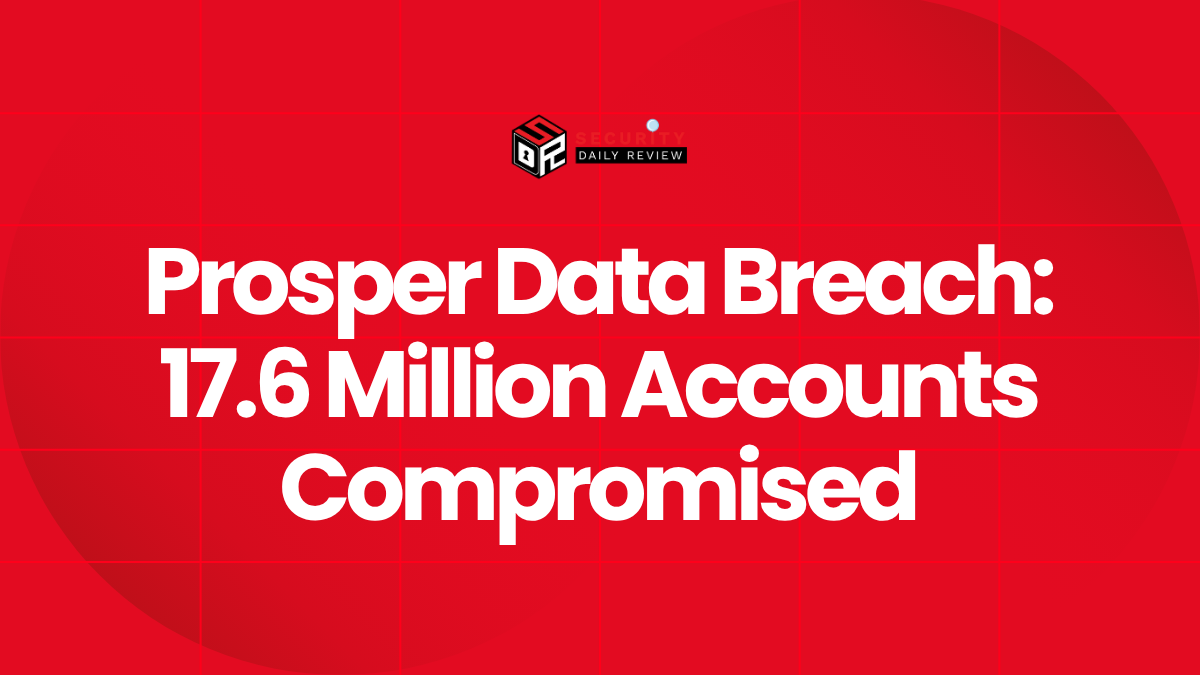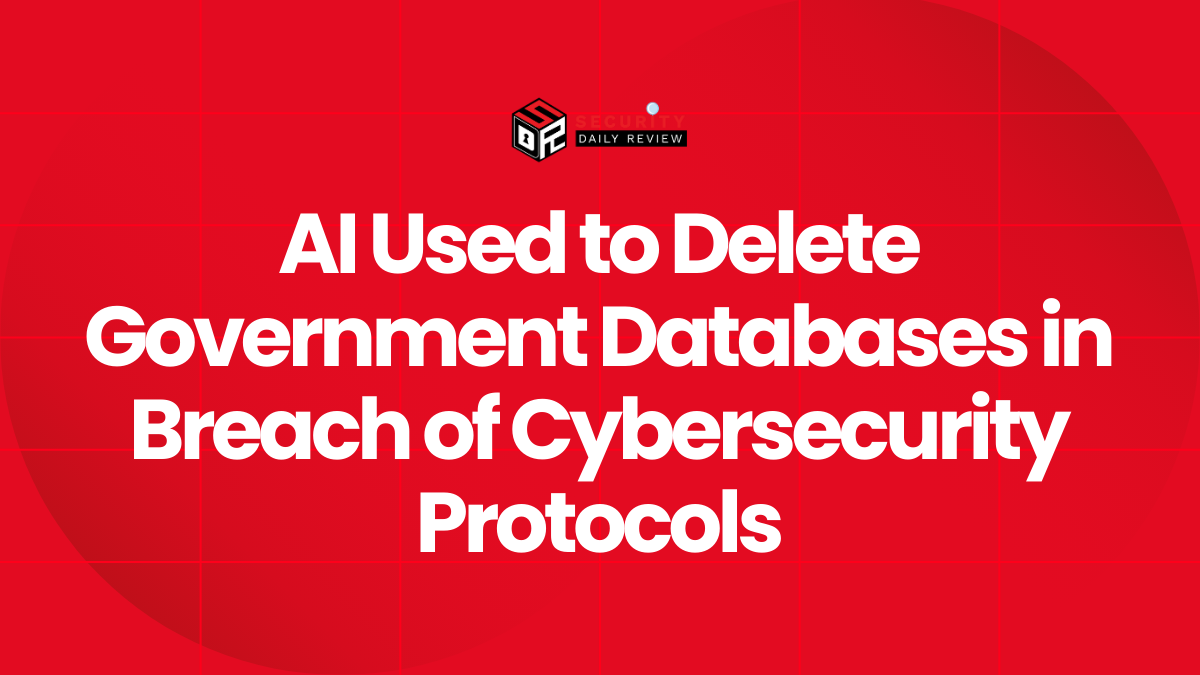A data breach affecting over 17.6 million individuals has been confirmed by Prosper, the well-known U.S.-based peer-to-peer lending platform. The breach, traced back to unauthorized access first detected on September 2, 2025, exposed a wide swath of personally identifiable information (PII) from customers and loan applicants. While Prosper has confirmed that financial accounts and operational systems were not compromised, the extent of stolen data has raised significant concerns about identity theft and data security in the fintech sector.
Unauthorized Database Queries Exposed Sensitive Personal Information
According to Prosper’s various disclosures and corroborated across multiple cybersecurity news outlets, the attackers performed unauthorized queries on customer databases. This gave them access to a host of sensitive records, including:
- Full names and home addresses
- Dates of birth
- Social Security numbers (SSNs)
- Government-issued identification numbers
- Email addresses and employment details
- Credit status and income levels
- IP addresses and browser user-agent strings
The breach also included metadata—such as user-agent and connection information—that could be used to fingerprint devices and assist in future social engineering or fraud attempts.
Despite not compromising bank accounts, the sheer breadth of the leaked data significantly elevates the risk of identity theft. Speaking to this point, reporting by TechRadar, Malwarebytes, and SecurityWeek highlights that the data set could enable highly targeted phishing attacks, financial fraud, and potential synthetic identity creation.
Breach Origin Traced to Credential Compromise and Unauthorized Access
Although Prosper has not disclosed detailed root cause indicators, TechRepublic reported that attackers gained access through compromised credentials, suggesting weak or improperly secured account access possibly at the admin or database level. Once inside, the attackers performed database queries to extract the extensive trove of customer information.
There is no indication that malware was deployed or that a ransomware group is behind the intrusion—at least not based on Prosper’s current disclosures. However, post-incident response has involved engaging a major cybersecurity firm and law enforcement to conduct a full forensic review.
“We acted swiftly to contain the incident and launched a comprehensive system review in collaboration with cybersecurity experts,” Prosper noted in a statement.
The breach was officially reported to the U.S. Securities and Exchange Commission on September 17, 2025, as required under revised regulatory frameworks for disclosing material cyber incidents.
Operational Continuity Maintained, but Security Infrastructure Under Scrutiny
Across all available sources—from Tom’s Guide to The Register—Prosper has emphasized that the company’s customer-facing operations and financial systems continue uninterrupted. No unauthorized transactions or fund movements were detected, and there has been no compromise of login credentials or bank account numbers to date.
Nonetheless, industry reaction suggests that Prosper’s internal access controls and incident detection systems may have fallen short. The attackers were able to query and exfiltrate vast amounts of customer data without immediate detection, reinforcing the critical need for:
- Least-privilege access to sensitive data
- Enhanced monitoring for anomalous database queries
- Regular credential hygiene reviews and enforcement of multi-factor authentication (MFA)
TechRepublic’s coverage stressed the need for fintech organizations to adopt stricter access controls and more agile incident response frameworks in light of breaches at firms handling PII without direct financial exposure.
Identity Theft Concerns Bring Legal and Consumer Protection Questions
The implications of the Prosper breach extend into legal realms as well. Law firm Schubert Jonckheer & Kolbe LLP announced an investigation into the incident, exploring whether Prosper’s cybersecurity measures were adequate and if affected individuals may be entitled to damages.
From a consumer protection standpoint, Prosper is offering all affected individuals—totaling approximately 17.6 million—free credit monitoring services. Additionally, cybersecurity firms and consumer advocacy groups recommend that users:
- Change passwords on Prosper and any linked accounts.
- Enable two-factor authentication (2FA) where available.
- Use identity theft protection or credit lock services.
- Monitor accounts and credit reports for unusual activity.
- Be alert for phishing emails that may make use of the stolen data.
Have I Been Pwned, the breach notification service, also lists the Prosper breach in its database. Users can check there to see if their email addresses were part of the breach.
Breach Underscores Cyber Risk in Peer-to-Peer Lending Models
While Prosper was hardly the first fintech to suffer a major data breach, the scale and nature of this incident amplify cybersecurity concerns in the peer-to-peer (P2P) lending space. These platforms often store in-depth personal and financial data amid their underwriting models, making them attractive targets for cybercriminals.
It remains to be seen whether the Prosper breach will lead to regulatory changes for data retention policies or new requirements for customer data segmentation. However, as of now, industry analysts are watching the investigation closely for potential lessons in access control, credential protection, and post-breach mitigation.
As fintech firms continue to digitize lending models and expand borrower services, they must also increase investments in their security infrastructures to match the growing risk surface. For Prosper, restoring customer trust and reinforcing platform resilience will now be an ongoing challenge.









